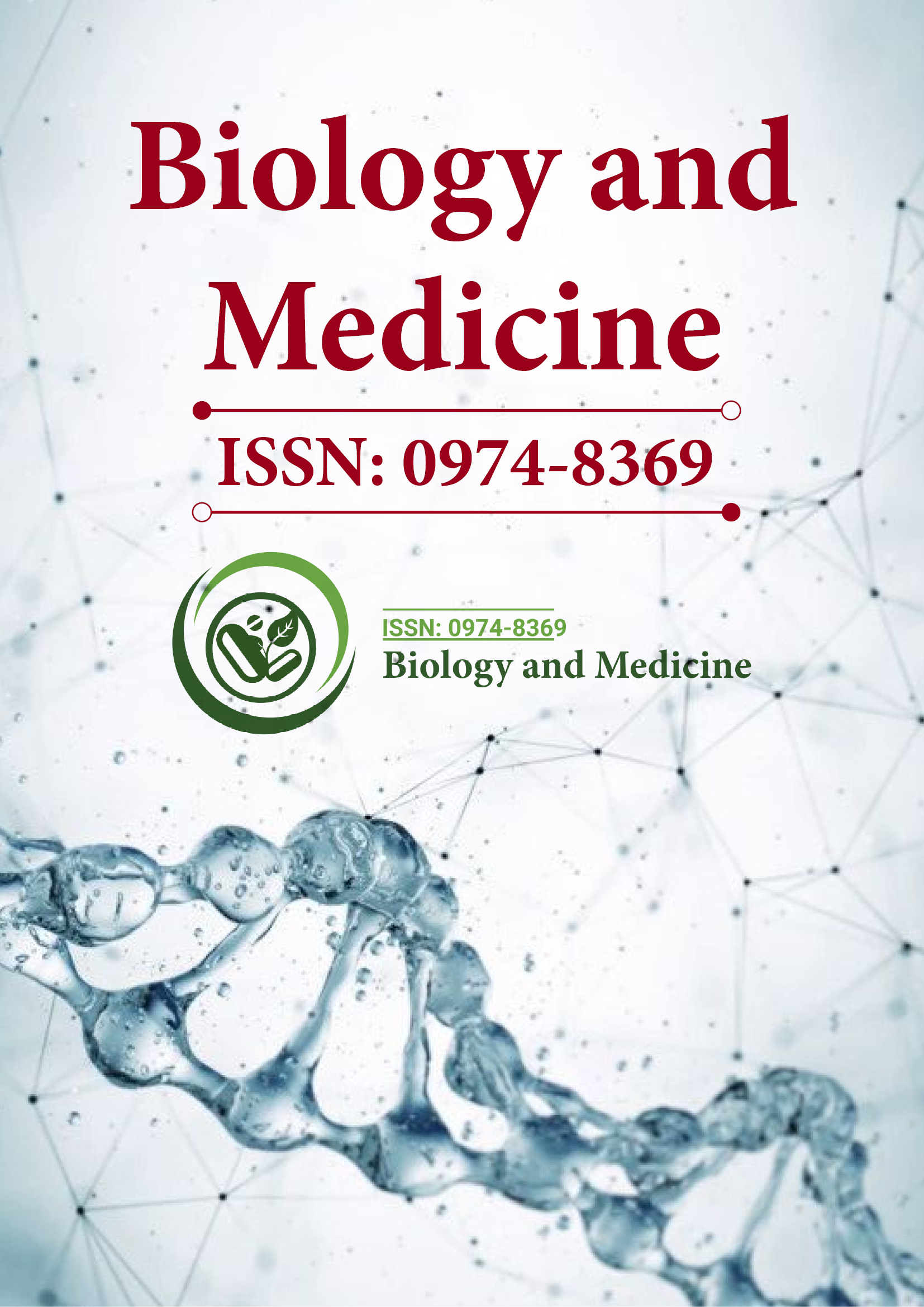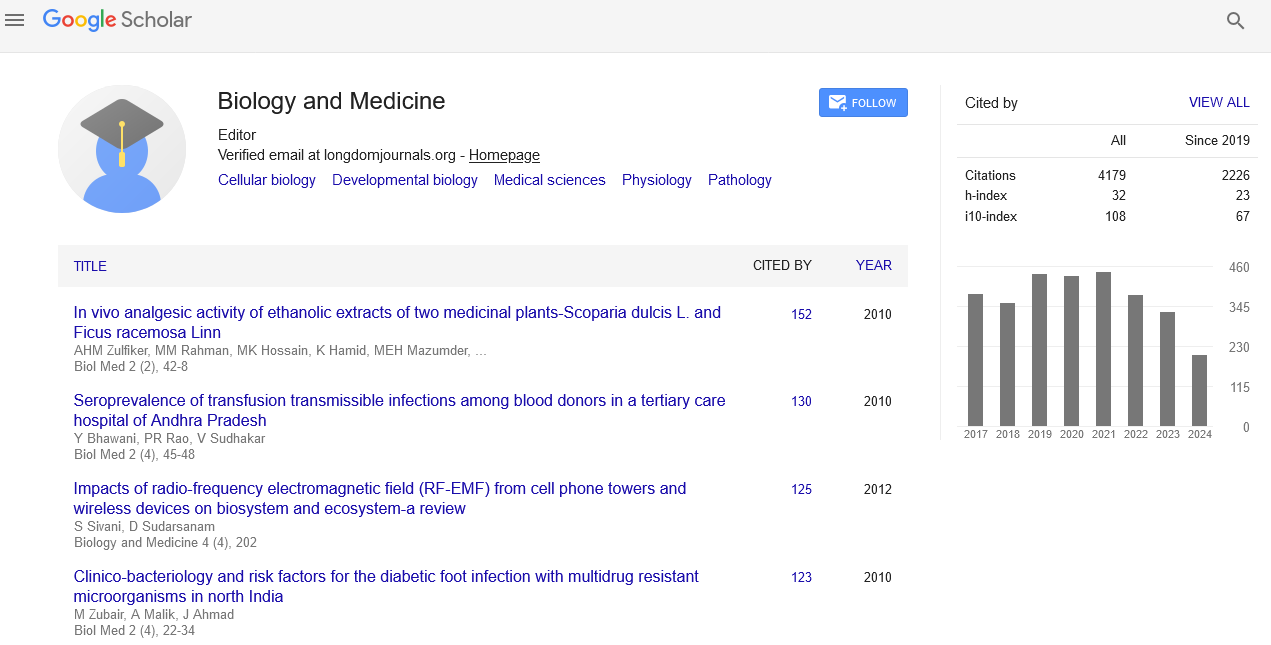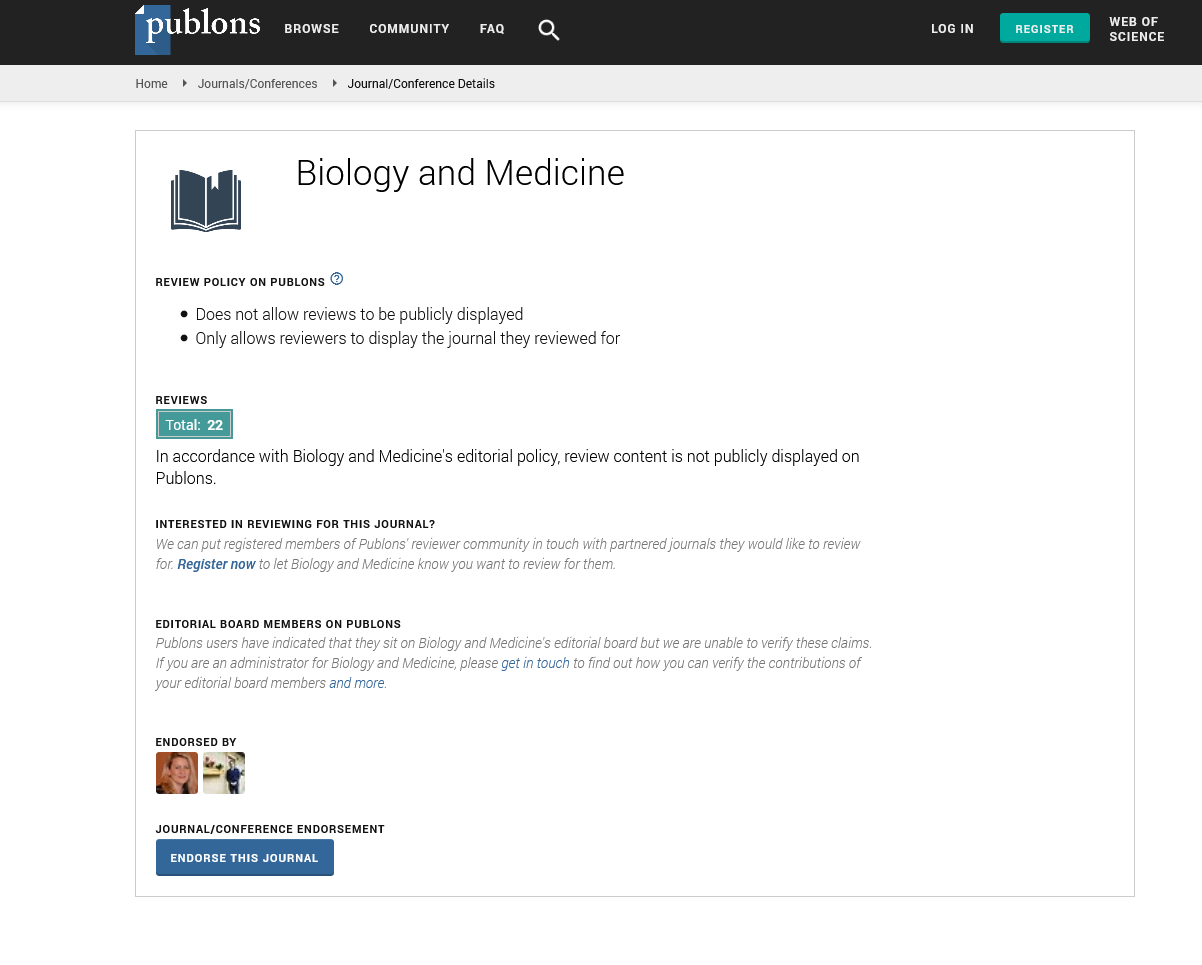Indexed In
- Open J Gate
- Genamics JournalSeek
- CiteFactor
- Cosmos IF
- Scimago
- Ulrich's Periodicals Directory
- Electronic Journals Library
- RefSeek
- Hamdard University
- EBSCO A-Z
- Directory of Abstract Indexing for Journals
- OCLC- WorldCat
- Proquest Summons
- Scholarsteer
- ROAD
- Virtual Library of Biology (vifabio)
- Publons
- Geneva Foundation for Medical Education and Research
- Google Scholar
Useful Links
Share This Page
Journal Flyer

Open Access Journals
- Agri and Aquaculture
- Biochemistry
- Bioinformatics & Systems Biology
- Business & Management
- Chemistry
- Clinical Sciences
- Engineering
- Food & Nutrition
- General Science
- Genetics & Molecular Biology
- Immunology & Microbiology
- Medical Sciences
- Neuroscience & Psychology
- Nursing & Health Care
- Pharmaceutical Sciences
Abstract
Enhancing Genetically Engineered Escherichia coli Bioreporters for the Detection of Buried TNT-based Landmines
TNT (Trinitrotoluene) based buried landmines are explosive devices consisting of mainly 2,4,6-Trinitrotoluene (2,4,6-TNT), but also a 2,4-dinitrotoluene (2,4-DNT) impurity. It is reported that some 2,4-DNT impurity vapors slowly leak through land mine covers and into the soil above them, making this compound a potential indicator for the presence of buried landmines. There are several approaches to identify the presence of chemicals in the environment, one of which is based on a microbial detection system. This approach was previously used to address the challenge of remotely identifying buried landmines by applying genetically engineered microbial whole cell biosensors capable of sensing trace signatures of the explosive compound 2,4,6-TNT and its degradation product, 2,4-DNT. Upon exposure to 2,4-DNT, the genetically engineered bacterial reporter strains, containing a genetic fusion between a sensing element for 2,4-DNT (yqjF gene promoter) and a fluorescence/ bioluminescence reporting element (GFP/luxCDABE genes), generate a measurable dose-dependent signal within the whole cell biosensor system. This biological component of a comprehensive remote sensing solution was significantly improved after several rounds of random mutagenesis to the yqjF promoter region using a prone-to-error PCR and selection of the best mutants. In the present project further significant improvements were obtained in signal intensity, response time, and in the limit of detection, following an additional round of random mutagenesis. Two new mutants, named A10 and C5, were identified. The new mutant’s present high induction levels both in terms of Ratio (sample/control) and delta (sample- control), making these strains more amenable to remote detection. To isolate a more sensitive mutant, the 3rd round of random mutagenesis library (about 1000 strains) was re-exposed to lower concentration of 2,4-DNT, but no better candidate was isolated. Possible alternative approaches to lower the detection threshold of the system, such as the use of permeability mutants, are now being tested.
Published Date: 2023-09-14; Received Date: 2023-08-10


